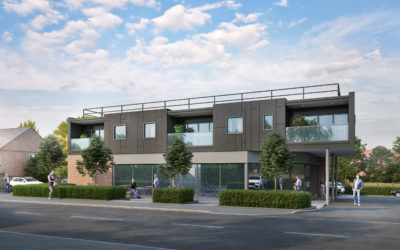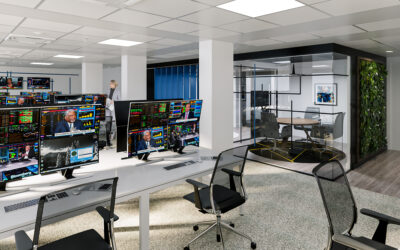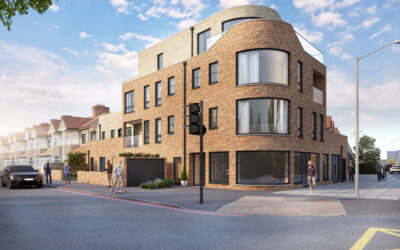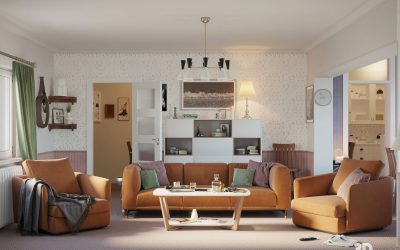A Beginner’s Guide to CGI Furniture: Exploring Its Impact on Design and Functionality
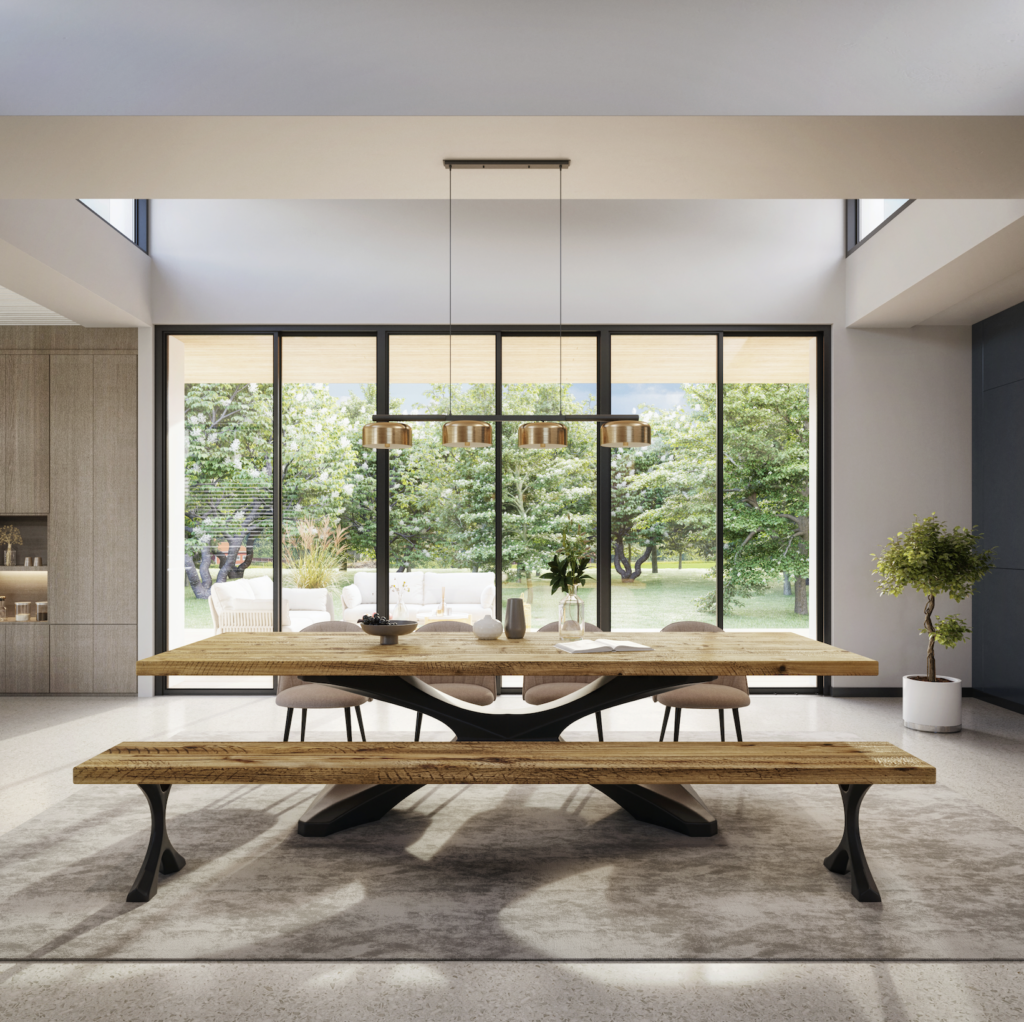
In the dynamic realm of interior design, the emergence of CGI furniture, a form of computer-generated imagery, has marked a significant innovation. This transformative approach is reshaping our interaction with spaces, blending creativity with practicality, and pushing the boundaries of traditional design.
This article delves into the world of 3D furniture, exploring its diverse applications in the furniture industry, the sophisticated technology behind it, and the multitude of benefits it offers, including enhanced ad experiences and improved content for marketing.
What is 3D Furniture?
3D furniture, a cornerstone of CGI services, leverages three-dimensional graphics technology for digital creation and visualization. This method revolutionizes the furniture industry by allowing virtual creation and modification, eliminating the need for physical prototypes. Specialized 3D modelling software is central to this process, transforming initial concepts into detailed digital models.
Designers meticulously think through each detail of the furniture’s design, focusing on how stylish, comfortable, functional, and visually appealing it should be. They skillfully use sophisticated software to define the furniture’s size and framework, adding textures, hues, and finishes that closely resemble real materials such as wood, fabric, metal, or glass. This meticulous attention to detail ensures that the digital model accurately reflects the expected appearance and texture of the real furniture.
Beyond visualization, 3D furniture design excels in rapid prototyping and testing diverse design variations, offering flexibility and responsiveness in design. This aspect greatly enhances the creative process, making 3D furniture a versatile tool for both standard and custom furniture projects.
Applications of 3D Furniture in Various Sectors
3D furniture design’s versatility extends across various sectors, each harnessing its potential in unique ways.
Residential Interior Design
In-home decoration, the introduction of 3D furniture has been transformative. It offers homeowners and interior designers a unique opportunity to experiment with various furniture arrangements, styles, and colour palettes. This pre-visualization helps in making informed decisions, ensuring that the furniture not only fits the space but also complements the overall aesthetic.
For custom furniture pieces, 3D models provide a clear picture of how the design will materialize in the actual space, allowing for adjustments in dimensions, materials, and finishes to suit personal tastes and needs.
Commercial Spaces
In commercial environments like offices, hotels, and retail stores, 3D furniture plays a crucial role in branding and spatial planning. Businesses can create bespoke furniture that aligns with their brand image and meets specific functional requirements.
In retail settings, 3D models help in planning store layouts and displays, optimizing space utilization and enhancing customer experience. Hotels can use 3D furniture to design unique and inviting spaces, ensuring comfort and style for their guests.
Virtual Staging and Real Estate
The real estate sector benefits immensely from 3D furniture through virtual staging. This technique involves placing 3D models of furniture in property photos or virtual tours, making the spaces more appealing to potential buyers or renters. Using 3D furniture for property showcasing is both cost-effective and efficient, illuminating properties in their most attractive form without the necessity for physical staging. This approach not only draws more attention but also effectively demonstrates the space’s potential.
Retail and Manufacturing
For retailers and manufacturers, 3D furniture design offers a way to showcase a wide range of products without the need for physical samples. This is particularly advantageous for online retailers, who can provide customers with a realistic view of the furniture from different angles and in various settings. Manufacturers can use 3D models to visualize and refine their designs before moving to production, reducing the time and cost involved in creating prototypes.
Event Planning
Event planners are turning to 3D furniture to design layouts for weddings, corporate events, and other gatherings. It allows for the creation of custom pieces that fit the theme and space of the event, providing a visual representation of the setup before the actual event. This aids in space planning, ensuring that the furniture not only looks good but also serves the functional needs of the event.
Educational and Training Environments
In educational settings, 3D furniture is used as a teaching tool in design and architecture courses. It helps students understand the principles of design and spatial planning. Moreover, training environments for interior design can benefit from 3D models, as they allow students to experiment with different styles and arrangements without the constraints of physical space.
In each of these sectors, 3D furniture design is not just a tool for visualization; it’s a means to enhance functionality, aesthetics, and user experience. Its applications are continually expanding, reflecting the growing importance of technology in design and space planning.
6 Benefits of 3D Visualization
The adoption of 3D furniture design brings a multitude of advantages across various aspects of design and production. These advantages extend beyond just improving the look of a space; they also include practicality, efficiency, and the ability to innovate.
1. Customization
A key benefit of 3D furniture is its exceptional capacity for customization. With this, designers can provide features for specific tastes and requirements and create a unique and personalized touch to each piece.
Designers can tailor furniture to exact specifications, adjusting dimensions, styles, and materials to meet individual preferences or specific design requirements. This flexibility allows for the creation of unique pieces that perfectly fit the intended space and aesthetic, providing clients with a truly personalized experience.
2. Cost-Effectiveness
The shift to 3D furniture design marks a significant cut in the expenses traditionally linked to furniture design and production. By stepping away from the need to create several physical prototypes, both designers and manufacturers find themselves saving substantially on materials and labour. Moreover, the digital platform allows for alterations and refinements at the click of a button, dramatically lowering the chances of expensive mistakes. This ensures that the end product not only meets the envisioned standard but is also cost-effective.
3. Time Efficiency
The beauty of 3D furniture design lies in its swift and streamlined process. The process of developing, testing, and refining ideas in 3D furniture design is remarkably swift compared to traditional methods involving physical models. This accelerated pace goes beyond mere time-saving; it’s fundamentally about boosting productivity.
Designers can transition from one idea to the next with remarkable speed, enabling them to make prompt and effective decisions. This efficiency ensures that projects progress seamlessly from initial sketches to finished products, considerably reducing the time typically required to bring a concept to fruition.
4. Sustainability
In an era where environmental concerns are paramount, 3D furniture design stands out for its eco-friendly approach. By reducing the reliance on physical materials and curtailing waste typically associated with prototyping, this method aligns perfectly with sustainable design practices. This is a key factor for environmentally-aware consumers and businesses striving to minimize their ecological footprint, making 3D furniture design an attractive and responsible choice.
5. Marketing and Sales
The use of 3D models in marketing materials can significantly enhance customer engagement. It allows potential buyers to explore products in detail, often in interactive formats such as 360-degree views or virtual reality experiences. This level of interaction can lead to increased customer interest and higher sales conversions.
6. Flexibility
The digital framework of 3D furniture design introduces a remarkable level of flexibility, revolutionizing the design process. Designers are empowered with the ability to modify and perfect existing models to align with new projects effortlessly. This capability ensures that each creation is not just a product but a reflection of evolving design trends and spatial requirements. Such adaptability is the cornerstone of 3D furniture design, making it an invaluable asset in the dynamic world of design. Whether it involves updating a timeless piece to resonate with contemporary styles or reshaping a design to suit a unique environment, the potential is limitless.
3D Lines: Your Partner in 3D Furniture Design
At 3D Lines, we are at the vanguard of this technological revolution in furniture design. Our expertise covers a wide spectrum of applications, ranging from intimate residential settings to vibrant commercial venues and engaging educational spaces. Our team is a unique blend of skilled professionals and imaginative thinkers dedicated to transforming your concepts into tangible realities.
We take great pride in our work, which transcends the mere creation of visually impressive 3D models. Our commitment lies in comprehending and meeting the distinct needs of each client, ensuring every project is customized to their specific desires. Our extensive portfolio is a reflection of our unwavering commitment to excellence and client satisfaction, establishing us as the preferred choice for all your 3D furniture design needs.
Conclusion
3D furniture signifies a transformative shift in how we approach and interact with space design. It is a perfect amalgamation of artistic innovation and state-of-the-art technology, leading the way to unmatched customization, efficiency, and creative design. As this technology progresses, it promises to broaden the scope of possibilities in furniture design, continually rejuvenating this exciting field. For designers, homeowners, and businesses alike, 3D furniture transcends being a mere trend; it is a portal to a realm filled with new opportunities, ready to be discovered and embraced.
